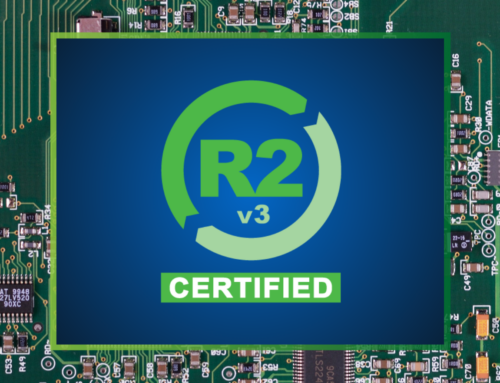Linux has gained a strong following for being open source and customizable, but when we think of the enterprise, it’s Windows that comes to mind. Red Hat is changing that.
Microsoft’s operating system has been dominant in the enterprise space since the 1990s, but behind the scenes, Linux, and especially Red Hat Enterprise Linux (RHEL), has been gaining ground. Open source, in general, has become more widely accepted. Large and small businesses are investing in open source tools and projects, and with that comes an increase in hiring open source talent. Open source hiring has also spread beyond IT, 65% of hiring managers are expanding into other areas of the businesses.
How Did We Get Here?
Since the early 2000s, Red Hat has been positioning itself in key areas. Red Hat became Red Hat Enterprise Linux in 2003, which provided Linux with full support for the enterprise. By 2008, RHEL was running on Amazon’s Elastic Compute Cloud (EC2). In 2012, Microsoft enabled their Azure clients to run Linux, opening up the cloud space to Linux in a big way. That’s not the only area where Linux is thriving. Mobile devices, web sites and applications, the Internet of Things, and it’s even used in connected cars.
Linux in the Cloud
After Microsoft’s embrace of RHEL in their Azure cloud service, it has spread to all of the major cloud providers (AWS, Google Cloud, etc.). Today, Linux is run on nearly a third of Azure instances and Microsoft actually uses Linux for parts of the backend Azure networking.
Infrastructure as a Service (IaaS)
Red Hat entered the IaaS market with a distribution of OpenStack, the Red Hat OpenStack Platform. It was created to build and manage compute, storage and networking resources in private and public clouds.
Platform-as-a-Service (PaaS)
Red Hat moved into the Platform-as-a-Service (PaaS) market with the introduction of OpenShift. It was revised into a containerization management tool after the rise of containers. The OpenShift Container Platform runs on RHEL.
DevOps
Red Hat acquired Ansible, an IT automation tool, in 2015. With this move into the DevOps space, Red Hat became a strong competitor with other DevOps offerings such as Chef and Puppet.
Other Areas Where Linux is Taking Over
Web Sites and Applications
Whether you’re using Windows or Mac, Linux is responsible for bringing you the websites you visit every day. As of March 2019, Unix/Linux is used by 69.4% of websites. Linux powers Facebook, Google, Wikipedia and more.
Mobile Devices
In addition to powering the most popular sites on the web, Linux runs all Android phones and tablets. This is thanks to Google using the Linux kernel when they created the Android OS in 2008. Android accounts for approximately 84% of the mobile OS market, with Linux as the driver for its success.
Internet of Things (IoT)
Linux is a dominant player in IoT. Building on the success of the Android OS, Linux is being used in consumer-facing IoT devices like smart thermostats and smart TVs.
Connected Cars
Linux entered the realm of connected cars with the Automotive Grade Linux project, which is sponsored by Toyota, Honda, and Ford. The purpose of the project is to build software for connected cars. Linux also powers the displays in Tesla’s electric automobiles. With a foothold in the auto industry, it’s a safe bet that the technology will be used in self-driving cars as well.
Supercomputing and AI
Linux started in supercomputing in 1994 with the Beowulf Project. They’ve come a long way since then, today all supercomputers run some form of Linux. In 2019, the RHEL powered Sierra will become the newest and second-fastest supercomputer. Sierra’s responsibility will be to manage the U.S.’s nuclear stockpile for safety, security, and effectiveness.
Driving Innovation
In a statement in 2017, Jim Whitehurst, Red Hat’s CEO and president, said, ” Open source — and the open source ethos of contribution, collaboration, and agility — plays a critical role in enabling individuals to act. To adopt a culture of open innovation, organizations now start by creating the context for individuals to act and try new things rather than plan ahead and script everything out ahead of time. Through the collective action of extraordinary people willing to take risks and try new things, we’re seeing organizations achieve the innovative breakthroughs everyone is always chasing.”
Linux’s growth in several pioneering areas is proof that they’re planning on being a driver for open source for a long time coming.
To learn more about where you might be able to leverage Linux, check out Summit’s Guide to Storage for a comprehensive look at storage technologies and strategies.




